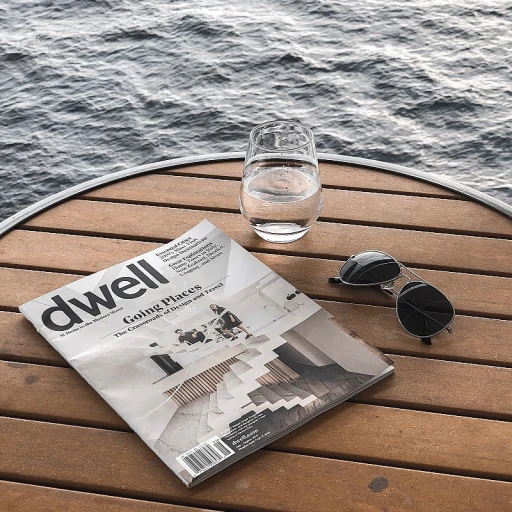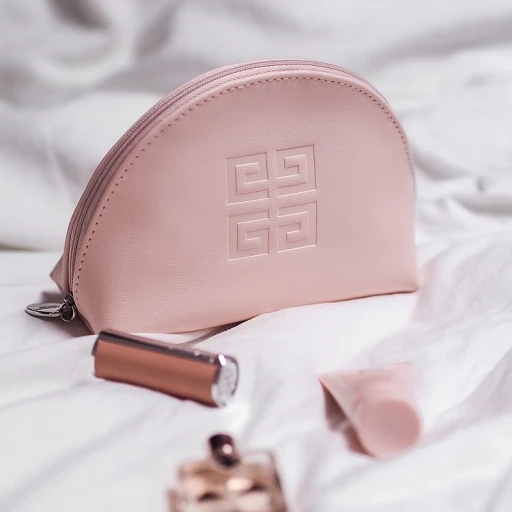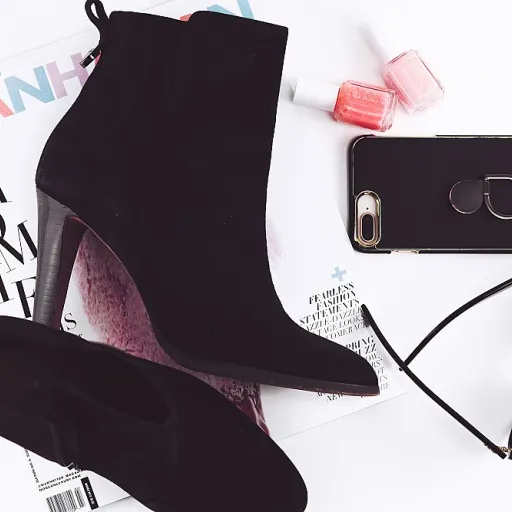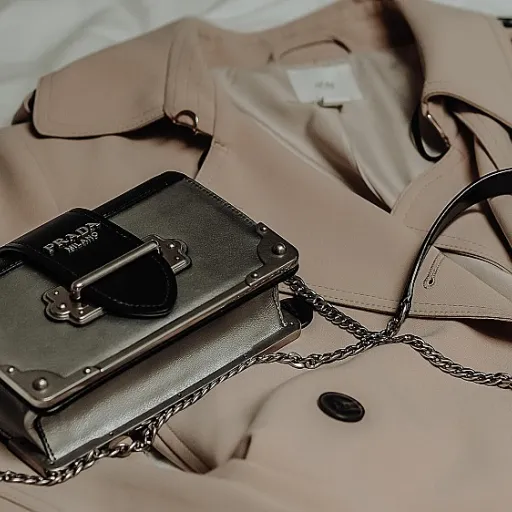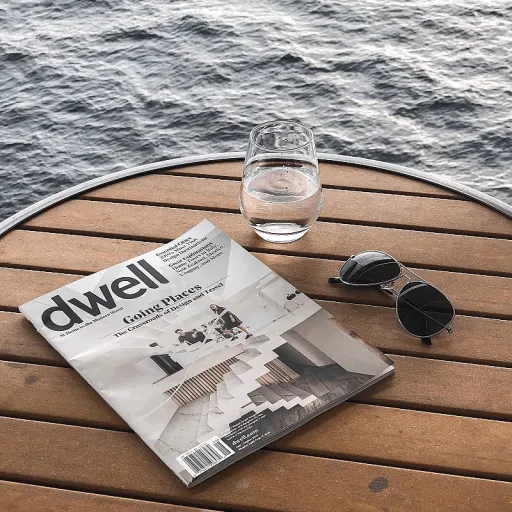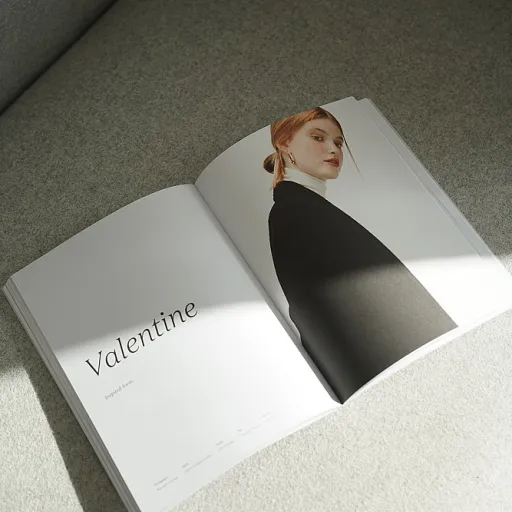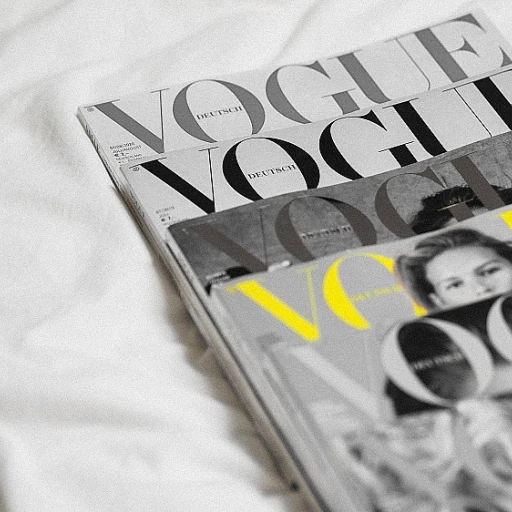
The Allure of Shantung Fabric
The Distinctive Beauty of Silk Shantung
The world of women's fashion is graced by the timeless allure of silk shantung, a fabric that exudes elegance and sophistication. Known for its unique iridescent sheen, this silk fabric holds a distinctive place due to its striking texture and subtle color variations. The weaving technique used for shantung fabric results in an irregular surface, which adds a natural charm that sets it apart from other silk fabrics.
The heavy weight of this fabric makes it ideal for creating structured garments, yet it maintains a refined grace, comparable to silk taffeta and taffeta. It's often favoured over lighter options like silk chiffon or silk georgette for its luxurious feel and durability. Whether in blue, purple, or dusty rose, the colors of silk shantung are vibrant, often featuring striped or plaid patterns that enhance its aesthetic.
This exceptional fabric is widely used in formal attire, where its heavy silk and organza silk qualities contribute to the sculpted silhouettes desired in high-end fashion. Explore the charm of plaid for a fresh perspective on styling with textures.
The seamless blend of silk organza, embroidery silk, and satin faille in shantung fabric elevates it to heights of elegance. This fabric, along with others like silk dupioni and silk iridescent, forms the cornerstone of luxurious wardrobe collections. Whether you wish to buy a yard or more, its fashion potential is boundless.
Historical Significance in Women's Fashion
Tracing Its Elegant Threads Through Time
Silk shantung fabric, with its distinctively slubbed texture and iridescent sheen, finds itself deeply woven into the tapestry of women's fashion history. This fabric, often placed alongside silk taffeta, taffeta, and satin in the pantheon of luxury textiles, has long been treasured for its intrinsic beauty and enduring appeal. Historically, shantung has been celebrated for its unique weight and texture, much like a harmonious blend of silk chiffon and silk georgette.
The iridescent quality of shantung fabric, achieved through its particular weaving technique, offers a mesmerizing play of colors, be it a regal blue, deep purple, or the soft whispers of dusty rose. This color interplay, reminiscent of satin faille and organza silk, makes it an irresistible choice for elegant attire and sophisticated ensembles.
The rich tapestry of shantung's history cannot be narrated without a nod to its luxurious origin. Emerging from China, a land famed for its silk production, shantung quickly took center stage in the global fashion arena. Its texture and hue, which replicate the look of embroidery silk and silk organza, made it a favorite among designers striving for a timeless aesthetic.
The centuries-old love affair with shantung continues into modern times, as reflected in tailored garments, whether solid or in striped and plaid patterns. As elegant as a roll of silk woven with iridescent threads, this exquisite fabric has transcended simple sartorial trends, firmly establishing itself in the wardrobe of the style-conscious woman.
For those seeking to weave shantung into their own fashion repertoire, the option to embrace the charm of plaid goes beyond mere practicality; it is an homage to a fabric steeped in history and elegance.
Styling Tips for Modern Women
Elegant Ways to Integrate Shantung into Your Wardrobe
When it comes to incorporating the luxurious silk shantung into a modern wardrobe, the possibilities are as varied as the fabric itself. Known for its subtle iridescent sheen and unique texture, shantung fabric lends an air of sophistication whether used in formal wear or more casual attire. Here are some styling tips to help you seamlessly infuse this timeless textile into your fashion repertoire.
Balance with Silhouettes: The weight of shantung, often heavier than silk chiffon or organza silk, makes it ideal for structured garments. Think tailored jackets or fitted skirts. The fabric's natural stiffness, comparable to silk taffeta, holds shapes beautifully, especially in embroidery silk or pleated designs.
Color Theory: Shantung woven garments in deep shades like rich blue or bold purple make striking statement pieces. For those preferring softer hues, consider the gentle allure of dusty rose or creamy tones. Mixing these with complementary hues or adding a striped or plaid accent can further enhance your look.
Occasional Elegance: Ideal for evening wear or formal occasions, shantung's versatility shines in dresses with flowing lines or dramatic cuts. Choosing pieces with intricate detailing, like the subtle embroidery on a gown or a taffeta skirt, elevates the elegance factor. For something truly unique, explore tailored ensembles that combine satin faille or silk georgette for a contrast in texture.
Everyday Glamour: Bring a touch of sophistication to your everyday wear by opting for shantung blouses or tops. The fabric’s distinct texture and iridescent silk quality add a luxurious flair to even the simplest of outfits. Pair with denim or a classic trouser for a look that exudes understated elegance. To embrace elegance without compromising comfort, a cashmere skirt offers a perfect pairing option.
Accessorizing with Shantung: Use the fabric strategically as accents to enhance your ensemble. A shantung scarf or handbag can serve as a quick buy item to add a pop of color to any outfit, while embroidered shantung shoes or purses make subtle yet impactful style statements.
Whether you're drawn to the fabric's left satin vibes or its durable weight, introducing silk shantung into your closet ensures your attire speaks of both contemporary style and historical elegance. For those looking to explore this and other fabrics, consider ordering a swatch to experience the material's potential firsthand before making a significant commitment. Always remember, authenticity and personal style should guide your fashion choices.
Sustainability and Ethical Considerations
Eco-friendly Practices in Silk Production
The conversation around fashion has shifted in recent years, with consumers and producers alike exploring more sustainable practices. Shantung fabric, renowned for its iridescent and textured qualities, is often derived from silk, a naturally occurring fiber. This offers an inherently more sustainable option compared to synthetic fabrics. While the allure of silk shantung lies in its luxurious feel and distinctive appearance, there is a growing responsibility to ensure these fabrics are sourced ethically. Choosing "quick buy" options might not always reveal the fabric's origin or the practices involved in its production. Consumers are encouraged to examine the origins of their silk, including yard and weight descriptors, and seek certificates or authentic claims from vendors about ethical silk production.Considering the Lifecycle and Ethical Usage
Sustainability in fashion doesn't end with the production and purchase of shantung fabric. Weighty considerations come into play once clothing or accessories are crafted from these desired materials. It's crucial to perceive the full lifecycle of your shantung or iridescent silk garment, from design and creation to its ultimate disposal or reuse. One modality is to invest in high-quality, ethically produced items that promise longevity, a strategy not only environmentally sound but also financially savvy. Incorporating timeless pieces like silk chiffon or silk georgette garments into your wardrobe, assets like woven shantung or plaid designs, means they can be worn interchangeably over decades, thus reducing waste.Mindful Purchasing for a More Sustainable Wardrobe
Ultimately, sustainability in the realm of shantung fabric and its ilk is about informed and thoughtful purchasing. Before you buy, ask yourself about the durability and versatility of the garment. Can it be repurposed or altered over time? Is silk embroidery or intricate satin faille necessary for every occasion, or can simpler moods be created with similarly luscious fabrics like organza silk? Being aware of the virtuous cycle—from purchase through care and eventual repurposing—is essential. Thus, when you decide between the iridescent blue hues or the dusty rose silk organza, consider a vision where your wardrobe is not only stylish but responsibly sourced and managed.Shantung Fabric in Haute Couture
The Glamour of Shantung in High-End Fashion
Shantung fabric has earned its place as a prized material in haute couture, celebrated for its unique iridescent quality and versatility. Fashion designers favor shantung for its ability to bring an elegant and luxurious touch to their creations, often seen gracing runways in stunning shades of blue, purple, and dusty rose. Considered a "heavy" fabric, its textured surface and natural sheen offer a sophisticated look reminiscent of silk taffeta and satin faille. The weight of shantung ensures garments have a structured appearance, making it ideal for tailored pieces. Fashion houses keenly explore innovative techniques by combining shantung with other materials like silk chiffon, organza silk, and silk georgette to create layers that add feminine beauty to evening gowns and bridal wear. Haute couture aficionados also appreciate the adaptability of shantung in accepting intricate embroidery. The fabric's textured surface acts as a canvas, where embroidery silk threads are intricately woven, creating breathtaking patterns that enhance both form and gracefulness. For those looking to add luxury to their wardrobe, a quick buy of shantung garments could involve exploring options like striped or plaid styles in iridescent silk. Whether you are after a shantung woven jacket or a silk organza overlay, this fabric leaves a lasting impression that won't go unnoticed. It's no surprise that when it comes to couture, shantung, with its satin-like finish and unparalleled elegance, remains unmatched.Care and Maintenance
Long-Lasting Elegance: Caring for Shantung
Proper care of your shantung fabric is essential to maintain its iridescent beauty and luxurious feel. Here are some helpful tips and considerations for ensuring your silk shantung looks its best for years to come:- Dry Clean Only: Given the delicate nature of silk fabrics, particularly shantung woven and silk taffeta, it’s recommended to rely on professional dry cleaning services. This method ensures the preservation of the fabric’s texture and the vibrant color of your garments, whether they are dyed in classic blue or in a subtle dusty rose.
- Avoid Direct Sunlight: To maintain the vividness of your embroidered silk or the subtle charms of silk georgette, store your garments away from direct sunlight. Sun exposure can cause fading, diminishing the iridescent properties that these fabrics are known for.
- Handle with Care: When handling shantung, it’s important to be gentle, especially with intricate details like embroidery silk. Avoid excessive pulling or tugging to prevent compromising the fabric’s integrity.
- Proper Storage: Due to its weight and texture, when storing, especially for heavier variations like satin faille or silk organza, use padded hangers to avoid distorting the garment's shape. For lighter alternatives, such as silk chiffon or organza silk, careful folding in breathable fabric bags can help safeguard your investment.
- Treat Stains Promptly: In the event of a spill, prompt action can help preserve the fabric’s original state. Gently blot—not rub—the stain with a clean, damp cloth and seek professional cleaning as soon as possible.

